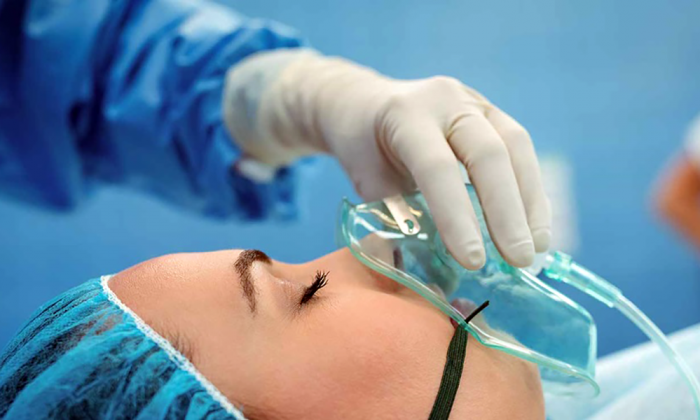
Perioperative services at rural hospitals want to be able to provide world-class care for their patients while minimizing first-case delays and same-day cancellations. Fairview Hibbing Range reached out to the University of Minnesota for support, and the results have been positive for everyone involved.
Robert Gould, MD, is helping implement tele-anesthesia by providing his own expertise to not just patients receiving care but also colleagues in the field. “We wanted to bring the standard of care known at the University into rural Minnesota. We wanted to better support them and their patient population by providing consultative services,” Dr. Gould said.
Tele-anesthesia involves anesthesiologists using technology to provide patient care remotely during and after surgeries and procedures, including the management of anesthesia and observation during patient recovery.
With the advent of COVID-19, healthcare workers recognize that tele-anesthesia will continue to play an important role. The care is becoming standardized thanks to protocols that were already established at M Health Fairview University of Minnesota Medical Center. Patients are screened with similar questions to an in-person visit: Do you have high blood pressure? Have you had symptoms of a stroke in the past few weeks? Now, CRNAs and anesthesiologists are able to streamline the process without time constraints.
Anesthesiologists fill knowledge gaps and provide guidance for first-time cases. Without the prerequisite knowledge, patients can’t obtain the necessary care. This was one of the main issues that caused cancellations to increase. Anesthesiologists also demonstrate their skill set when called upon to treat medically complex patients.
Tele-anesthesia allows us to continue providing quality patient care to those in need, which is more important than ever during a global pandemic. I’m proud of everyone that has collaborated to make it work, and it’s exciting to know that it will continue to have a positive impact on patients in the future.
Mike Wall, MD, M Physicians anesthesiologist and head of the Department of Anesthesiology for the University of Minnesota Medical School
The expansion of telemedicine has been a silver-lining for many on the frontlines during COVID-19. “We’ve seen an uptick in business since elective surgeries returned after the initial COVID-19 surge. There has been a natural progression as people learn what services are offered, which is promising,” Dr. Gould said.